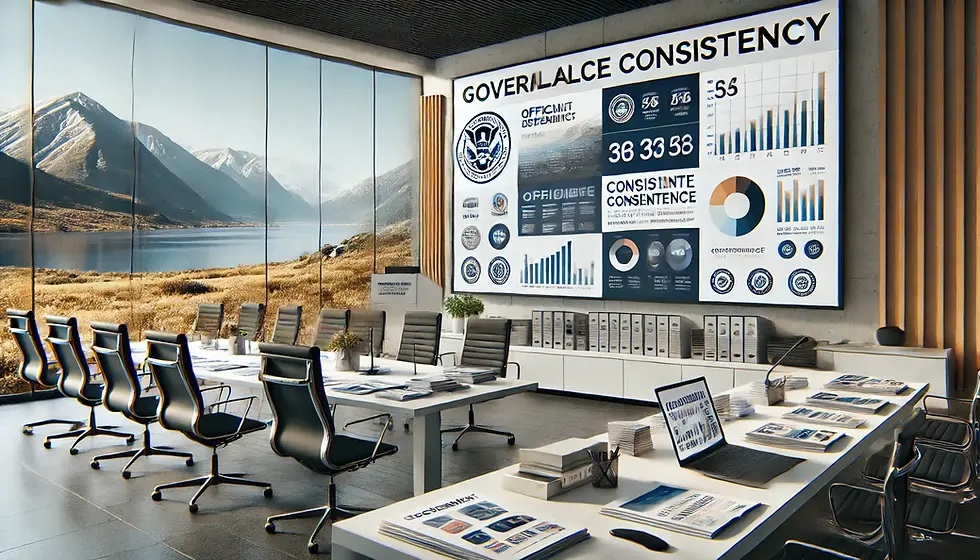Leveraging Visual Hierarchy in Proposal Design
- Patriot Data Graphics

- Dec 26, 2024
- 2 min read
Updated: Jan 5

In the competitive world of proposal design, first impressions matter. Reviewers often spend only seconds on a page before deciding where to focus their attention. Visual hierarchy is the design principle that ensures your most important information stands out, guiding the viewer’s eye to key points and creating a logical flow throughout your proposal. By leveraging visual hierarchy, you can make your proposal more impactful, engaging, and persuasive.
What is Visual Hierarchy?
Visual hierarchy is the arrangement of design elements in order of importance. It uses size, color, placement, and other visual techniques to emphasize certain elements over others, creating a clear path for the reader. In proposals, this can mean highlighting critical data, drawing attention to benefits, or ensuring branding elements are prominent.
Key Techniques for Effective Visual Hierarchy
1. Size and Scale
Larger elements naturally draw more attention. Use bold headings or oversized numbers to emphasize key takeaways.
Example: A prominently displayed cost savings figure or project milestone timeline.
2. Color and Contrast
Bright or contrasting colors can make specific elements stand out. Use these sparingly to highlight essential points without overwhelming the design.
Example: Highlight call-to-action sections or key benefits in a bold, branded color.
3. Typography and Font Weight
Use a typographic hierarchy: headings should be bold and larger, subheadings slightly smaller, and body text clean and legible.
Example: A bold heading like "Project Benefits" followed by a lighter font weight for supporting details.
4. Placement and Alignment
Place critical information in areas where the eye naturally falls, such as the top-left corner or center of a page.
Example: Use a balanced layout with key graphics and text strategically aligned to guide the viewer through the content.
5. Use of White Space
Give your content room to breathe. White space helps focus attention on the most important elements while maintaining a clean, professional look.
Example: Space around charts or key data to draw attention and enhance readability.
How Visual Hierarchy Enhances Proposal Impact
1. Improves ReadabilityBy structuring content with clear priorities, visual hierarchy makes complex information easier to digest.
2. Guides Decision-MakersStrategic use of hierarchy directs reviewers to critical information, ensuring your proposal’s key points aren’t overlooked.
3. Reinforces ProfessionalismA well-organized, visually appealing proposal reflects attention to detail and builds trust with your audience.
4. Boosts EngagementA clear visual path keeps reviewers engaged and encourages them to explore the content further.
Common Pitfalls to Avoid
1. Overusing EmphasisIf everything is bold or colorful, nothing stands out. Be selective with what you highlight.
2. Ignoring ConsistencyEnsure your use of size, color, and typography is consistent throughout the proposal to maintain a professional look.
3. Overcrowding the DesignToo much information on a single page can overwhelm the viewer. Use white space and prioritize key points.
Conclusion
Visual hierarchy is a powerful tool for guiding reviewers through your proposal, ensuring they focus on the information that matters most. By thoughtfully arranging design elements, you can create proposals that are not only visually appealing but also highly effective in communicating your value.
At Patriot Data Graphics, we specialize in creating proposal designs that leverage visual hierarchy to win attention and drive results. Visit patriotdatagraphics.com to learn how we can elevate your proposals and help you stand out.




Comments